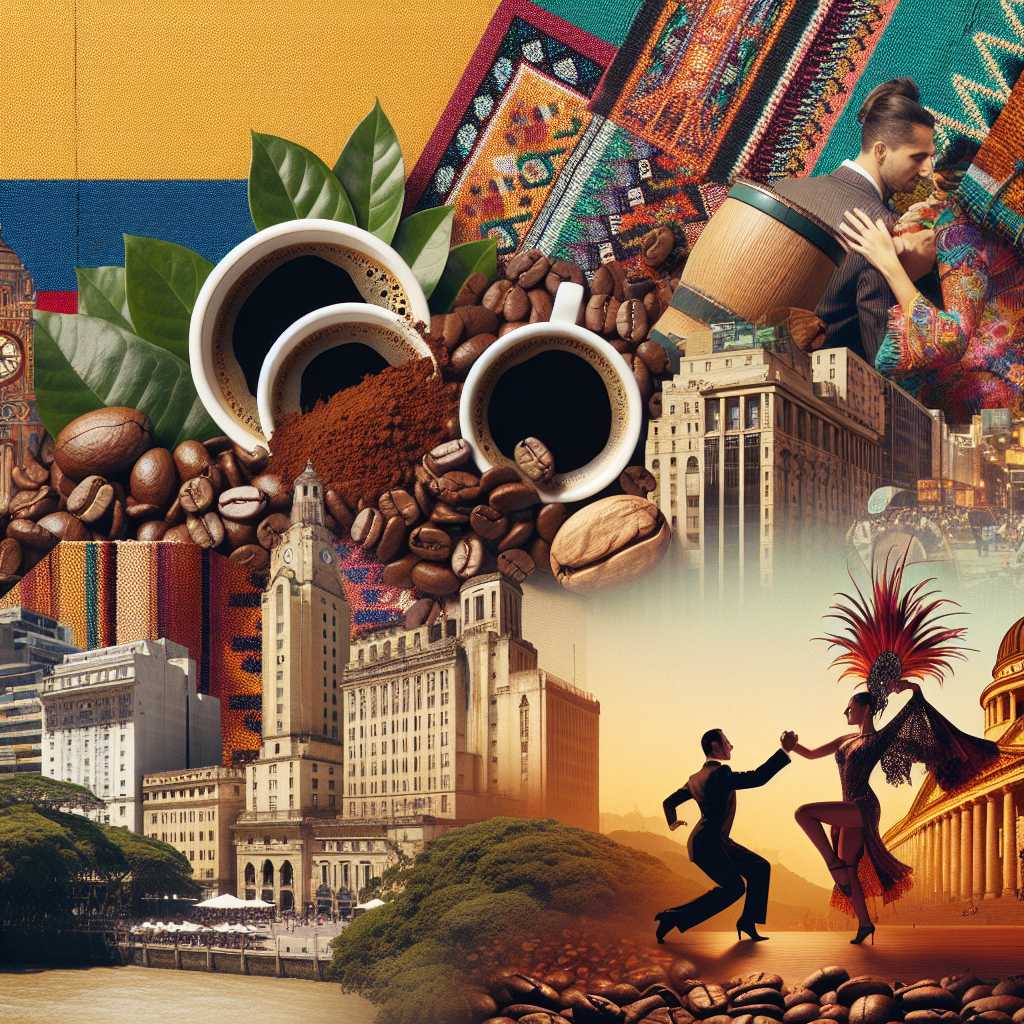Colombia and Argentina: A Comparative Analysis of Two Vibrant South American Nations
South America hosts a varied tapestry of countries, each with their unique culture, history, and socio-economic dynamics. Among them, Colombia and Argentina stand out for their representation of different regions within the continent—Colombia encapsulating the essence of the northwest while Argentina embodies the southern cone personality. This article provides a comparative analysis of both countries, touching on various facets from geography and demographics to economy and culture.
Geographical Contrasts and Similarities
Colombia’s Varied Terrain
Colombia is situated in the northwest region of South America and boasts a diverse topography. The country is bordered by both the Pacific Ocean and the Caribbean Sea, giving it vast coastlines. Additionally, numerous mountain ranges, such as the Andes, run through Colombia. The Amazon rainforest also occupies a significant portion of its territory, contributing to Colombia’s status as one of the most biodiverse countries in the world.
Argentina’s Stretched Landforms
Argentina’s geography is quite different yet equally diverse. Located in the southern part of the continent, Argentina is the eighth-largest country in the world spreading from its sub-tropical north to the sub-antarctic south. Its geographical features include the majestic Andes mountains to the west, the fertile Pampas in its center famous for agriculture, and the expansive Patagonian steppe towards the south. Additionally, Argentina lays claim to part of Tierra del Fuego, an archipelago shared with Chile at the southern tip.
Demographic Dynamics
The People of Colombia
Colombia boasts a population with various ancestries including European, Afro-Colombian, and indigenous groups. Spanish is the nation’s official language. Major cities are vibrant hubs of activities; for instance, Bogotá, its capital; Medellín known for innovation; Cali famous for salsa music; and Cartagena that signify historical significance.
Argentinian Cultural Mosaic
Argentina is largely characterized by its European roots primarily Spanish and Italian heritage but also has indigenous influences. The official language is Spanish but Italian and German are spoken among communities. Buenos Aires is widely celebrated for tango music and as a capital with high cultural offerings. The population centers are generally more urbanized compared to Colombia with a high literacy rate and a renowned literary tradition.
Economic Overview and Opportunities
Colombian Economy and Growth
Colombia’s economy is diverse; key industries saturated include coffee production, fuels like oil and coal, floral sales, among others. It has seen steady growth in recent decades especially in sectors such as technology and services. Foreign investment has increased due to improving security situation and business-friendly policies.
Argentina’s Complex Economy
Argentina has one of the largest economies in Latin America primarily supported by rich natural resources, a highly literate population, robust agricultural sector and growing technological industry. However, it has gone through numerous economic crises throughout history attributed to problems like currency inflation, debt defaults, and political uncertainties that have sometimes hindered long-term growth.
Culture: A Rich Tapestry of Traditions
Vibrancy of Colombian Culture
Colombian culture is a vivid tapestry woven from native indigenous practices mingled with Spanish colonial influence. Carnivals like Barranquilla’s reflect this liveliness. Music genres such as cumbia and vallenato pervade domestic life while globally recognized artists such as Shakira have popularized Colombian rhythms more broadly.
Argentinian Cultural Nuances
Argentina similarly prides itself on culturally richness exhibited notably by tango which is attached not just as a dance but as a vibrant art form that expresses Argentinian soulfulness. From a literary perspective, it has contributed notable authors to world literature, including Jorge Luis Borges.
Bilateral Relations: Diplomacy and Trade
Cross-border Cooperation
Despite geographical distance between them, Colombia and Argentina maintain cordial diplomatic relations stretching into shared cultural exchanges, cooperation on issues like drug trafficking and organized crime to mutual economic interests through trade relations bound by MERCOSUR agreements.
NOTES
Image Description: A visually rich collage capturing essentials aspects of Colombian and Argentinean culture – Colombian coffee beans laid beside vibrant traditional textiles juxtaposed with images of Argentine tango dancers radiating passion against backdrops illustrating landmark sceneries from Buenos Aires architecture to Colombia’s lush rainforest landscapes.

